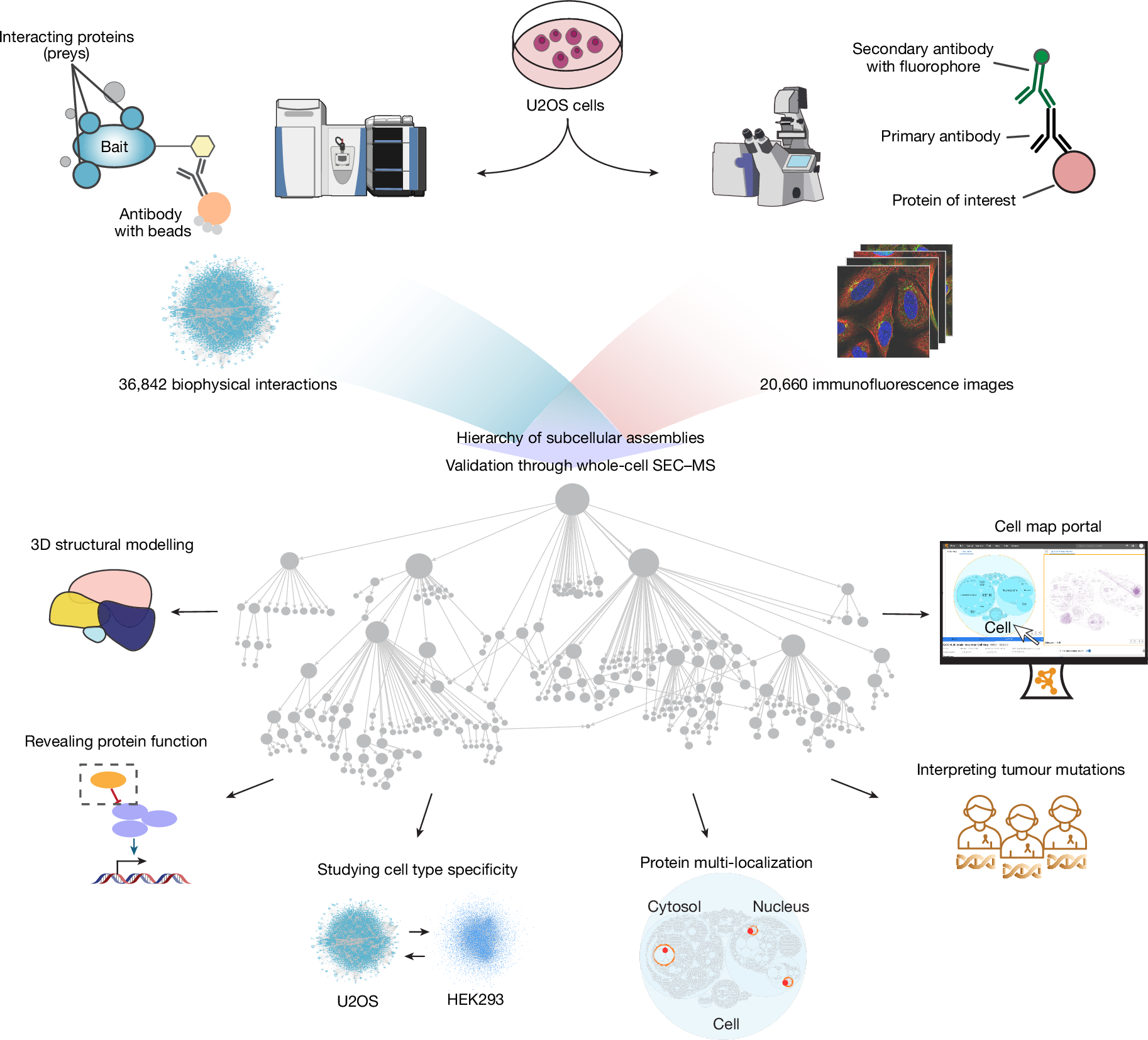2025-04-09 カリフォルニア大学サンタバーバラ校(UCSB)
<関連情報>
- https://news.ucsb.edu/2025/021829/scientists-discover-fruit-fly-larvae-can-sense-electric-fields
- https://www.cell.com/current-biology/fulltext/S0960-9822(25)00299-4
ショウジョウバエ幼虫の電場感覚 Sensation of electric fields in the Drosophila melanogaster larva
David Tadres∙ Julia Riedl∙ Alexander Eden∙ … ∙ Kevin Williams∙ Lior Sepunaru∙ Matthieu Louis
Current Biology Published:April 1, 2025
DOI:https://doi.org/10.1016/j.cub.2025.03.014
Graphical abstract

Highlights
- Drosophila larvae sense electric fields and navigate toward the cathode
- Larvae use active sampling with lateral head movements to orient in electric fields
- Gr66a-positive and Gr33a-positive sensory neurons are essential for electrotaxis
- A Gr66a-positive neuron in the larval head encodes electric field orientation
Summary
Electrosensation has emerged as a crucial sensory modality for social communication, foraging, and predation across the animal kingdom. However, its presence and functional role as well as the neural basis of electric field perception in Drosophila and other invertebrates remain unclear. In environments with controlled electric fields, we identified electrosensation as a new sense in the Drosophila melanogaster larva. We found that the Drosophila larva performs robust electrotaxis: when exposed to a uniform electric field, larvae migrate toward the cathode (negatively charged elecrode) and quickly respond to changes in the orientation of the field to maintain cathodal movement. Through a behavioral screen, we identified a subset of sensory neurons located at the tip of the larval head that are necessary for electrotaxis. Calcium imaging revealed that a pair of Gr66a-positive sensory neurons (one on each side of the head) encodes the strength and orientation of the electric field. Our results indicate that electric fields elicit robust behavioral and neural responses in the Drosophila larva, providing new evidence for the significance of electrosensation in invertebrates.


